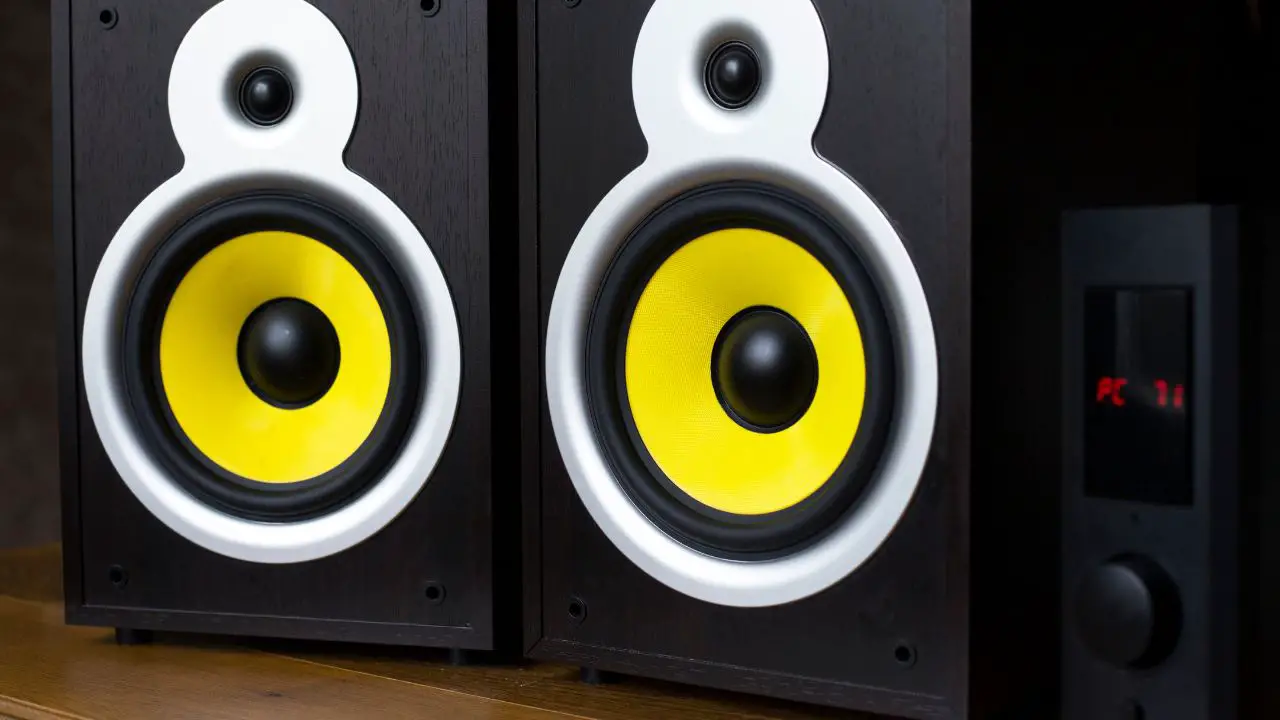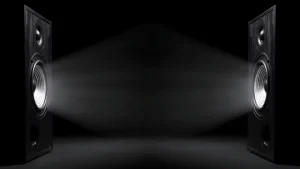You can connect your Powered Subwoofer to Passive Speakers by following certain basic steps. First, you need to check whether the Powered Subwoofer is designed to adjust with different cables, such as RCA or LFE. Next, check the compatibility of the Passive Speaker with the Powered Subwoofer.
You can either use the in-built crossover feature of the subwoofer or use any external crossover to connect the devices. Select the appropriate cables that are compatible with the Powered Subwoofer as well as speakers. Connect the positive terminal of the woofer with the positive terminal of the speaker. The negative terminal of the subwoofer goes to the negative terminal of the speaker.
Now, set the crossover frequency based on your desired range and adjust the volume according to the listening environment. Try to play any audio file to test the performance. You can also achieve the desired result by fine-tuning the settings.
Let’s get to know about the steps in detail on how to connect a Powered Subwoofer to Passive Speakers.
In This Article:
3 Methods to connect a Powered Subwoofer to Passive Speakers
There are three primary verified ways through which you can connect a Powered Subwoofer to a Passive Speaker. Each of them differs in the steps that you need to go through.
So, find out how you and create a successful connectivity
Method 1: Using stereo RCA
You must have known about RCA plugs and connectors, which are also known as phono connectors. They usually have triple or double pairs. If you are trying to play any audio file, then you need to pick the red and white wired pair. But, in the case of any video composite, choose the yellow plug or the connector.
Look for the jack plugs on your Powered Subwoofer that is labeled “Line in”. Usually, Powered Subwoofers come with these types of sockets. On the other hand, the Passive Speaker that you want to connect with would have sockets that are labeled “Out”.
Using the speaker wires, you need to connect the input sockets of a Passive Speaker with the external amplifier. Now, connect the external amplifier to the subwoofer. Do not misplace the colors, and try to follow the color coding while you are attaching the connectors to the speaker wire.
Method 2: Use LFE speaker output
LFE are speakers with Low-Frequency Effects. The process of connecting these cables with powered woofers is quite similar to the one discussed above. But, there is a difference between the connectors and cables that are being used.
To connect through an LFE speaker output, you need to use only one cable which focuses on the base. However, there is one disadvantage of this process – the sound output does not provide a balanced output.
So, this method is only suggested to be put into use if the first process fails to work in your case. With a few trial and error steps, you can finally achieve success with LFE cables.
Method 3: Using XLR cables
The 3.5 mm Jacks are also known as XLR cables and have an advantage over the first and second processes discussed. You can get superior sound quality and more balanced audio output as an end result.
The 3.5 mm connector has 2 ends, and you need to plug and match the corresponding connectors to fit the port accordingly for the Passive Speaker and the Powered Subwoofer. Finally, you can achieve the desired listening experience after a potent connection.
What are the limitations of connecting a Powered Subwoofer to Passive Speakers?
If the speakers are huge and the sound systems have a complicated setup, then you must leave it to the technicians. There might be electrical risk and a lack of proper judgment of the speaker and cable. So, it is always advised to unplug the system from the power source if you are trying any DIY process.
Also, try to avoid any wet areas around the sound system. Never leave any extra cables lying on the ground, as it might lead to tripping and an unfortunate accident. It will also reduce the longevity of the wires and cables. Thus, you must be cautious enough to prevent any electrical damage.
If you are using cables that do not pass the standard quality check, then you are compromising the audio experience. Moreover, the cables will create interference when you try to play any audio and will disrupt the listening environment.




